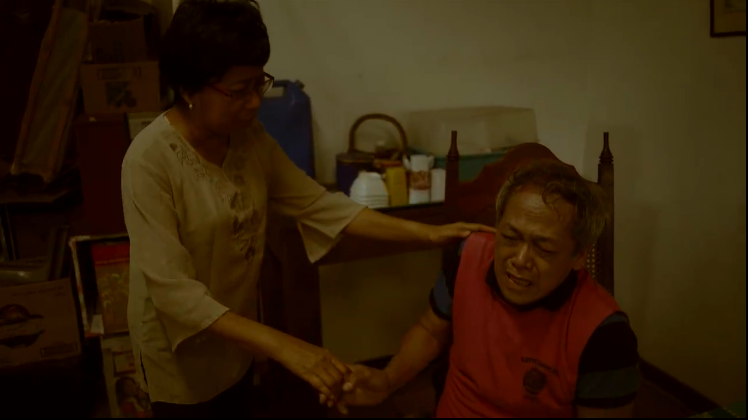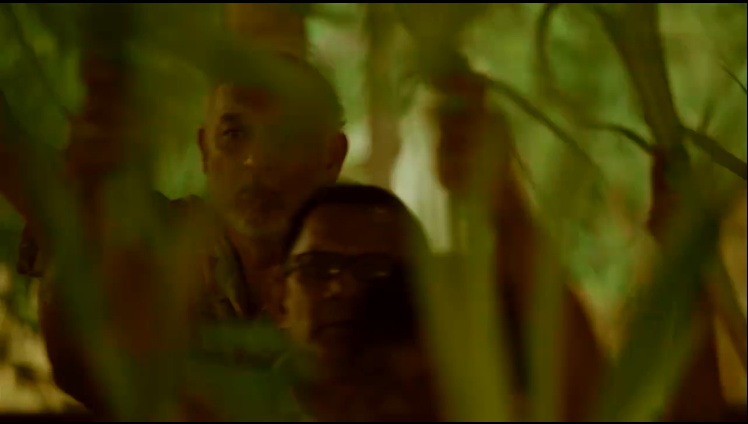Adapted from Rene Villanueva’s award-winning stage play, Hiblang Abo (Strands of Gray) tells the story of the life and struggles of four old men living in a hospice facility called “Bahay ni Juan”.
Ralston Jover’s film version showed millennials who watched Cinemalaya this year what a hidden gem Hiblang Abo is.
It made us see several truths that we probably don’t think of just yet because we are not in that stage yet – getting old and just waiting for heaven’s door to open for us. But somehow, our minds will fast-forward to the future, thinking: “What if we die old, alone, and unhappy? Was the life we lived really worth living?”
(Warning: This article discusses some details of the plot and other elements of the film – may contain spoilers.)

1. The lives of the elderly in a hospice facility is never easy.
Imagine living in a nursing home while waiting for a family who’ll never visit you. Their memories slowly fail them, their consciousness betray them, and their hair slowly fades to gray the same way their lives start to fade away.

2. They are categorized based on their mental and physical status.
Able-bodied, semi-able and senile, and bedridden – each of the residents of Bahay ni Juan are categorized based on their mental and physical status. Huse (Lou Veloso), Sotero (Jun Urbano), Blas (Leo Rialp), and Pedro (Nanding Josef) are considered the able-bodies. Some of their co-residents aren’t as fortunate; some couldn’t walk and talk much, while some are lost and trapped inside a world their futile minds created.

3. They settle for the life they have because what alternative do they have anyway?
Like what Pedro said when Sotero wanted to leave, “Everything is free.” Free food, shelter, medicine, and a doctor to look after them. So what’s not to like? The thing is, the hospice facility will never be the place they call “home”.
4. The years reflected on their faces tell hidden and untold stories.
Every lines on their face and every strand of gray tell a thousand stories about the years they’ve lived. Secrets from Huse, Pedro, Blas, and Sotero’s past raised issues of injustice among poor, labor and employment, mental health, and homosexuality.
5. They only have themselves to rely on.
In life, the only person we can rely on and knows us deep inside, is ourselves. The relationship between the four main characters Huse, Pedro, Blas, and Sotero start to crumble when they realize that the things they know about each other are based on lies and secrets from the past they’re all trying to hide.
6. They die alone and abandoned – no family to mourn for their loss.
The sad reality is that some of these elders are abandoned – no family or loved ones to care for them, visit them, talk to them, and cry for them when the boatman decides to come and take them for good.
https://www.youtube.com/watch?v=CcL00_EjbSw
In the end, as our hair fades to gray and fall off unnoticed, we’ll realize we’ll all turn back to dust and ashes. Just like what the film’s premise says: “The inevitable state of death is as fleeting as the vibrancy of life itself.”
The 4 main characters’ riveting performance truly paid off when they were all announced as Best Supporting Actors at the Cinemalaya Awards Night held at CCP last August 14.
Due to insistent public demand, CINEMALAYA is back for a limited run (August 19-23) at selected Ayala Malls Cinemas! Buy and reserve tickets online and check out the movie schedules at www.sureseats.com.

